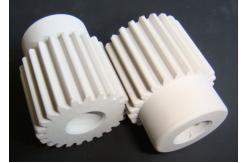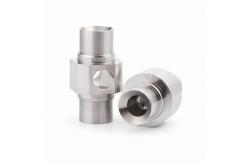Micro-arc Oxidation in Surface Treatment for CNC Machined Parts
|
|
The Application of Micro-arc Oxidation in Surface Treatment for CNC Machined Parts Micro-arc oxidation, commonly known as MAO, is an advanced surface treatment technique that has gained significant popularity in recent years, particularly in the field of CNC machined parts. This process involves the creation of micro-arcs on the surface of the workpiece, resulting in the formation of a dense and adherent oxide layer. This oxide layer not only enhances the surface properties of the material but also improves its durability and performance. In CNC machining, precision and accuracy are paramount. However, the machined surfaces often require additional treatment to enhance their properties and extend their lifespan. Micro-arc oxidation provides an effective solution for this purpose. By applying high voltage and current pulses to the workpiece, MAO creates a plasma discharge that interacts with the surface, resulting in the formation of a hard and dense oxide layer. This oxide layer significantly improves the corrosion resistance of the material, making it resilient against environmental factors such as moisture and chemical exposure. Furthermore, it enhances the hardness and wear resistance of the surface, reducing the likelihood of scratches or abrasions during use. The application of micro-arc oxidation in CNC parts processing is diverse. It can be used on various materials, including aluminum, titanium, and magnesium alloys, which are commonly employed in the manufacturing of automotive, aerospace, and other industrial components. By employing MAO, these parts can be endowed with enhanced surface properties that meet the rigorous demands of their respective applications. Moreover, the process is environmentally friendly as it does not involve the use of harmful chemicals or produce toxic waste. This makes it a sustainable choice for surface treatment in CNC machining. In conclusion, micro-arc oxidation is a valuable surface treatment technique that can significantly improve the properties and performance of CNC machined parts. Its ability to enhance corrosion resistance, hardness, and wear resistance, combined with its environmental friendliness, make it a preferred choice for various industrial applications. |
| Product Tags: CNC processing Precision machining parts customization CNC Machined Products oem cnc machined Products |
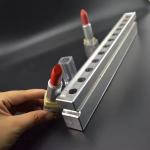
|
Aluminum Lipstick Moulds High-Speed Production CNC Machine Precision Parts |
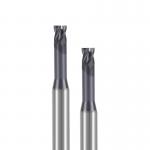
|
65° 4-Flute Tungsten Carbide End Mill for Stainless Steel , High Precision CNC Milling Cutter |
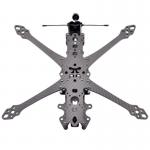
|
Customized CNC Carbon Fiber Cutting Service Competitive Pricing Thickness 0.5mm-10mm Fast Turnaround Time |
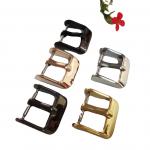
|
Stainless Steel Watch Buckle with IP Plating and Multiple Finishes Polished Brushed Sandblasted |

|
CNC Machining Part of Aluminium and Steel Customized High Precision 5 Axis Metal Part Fabrication for Speed Prototype |
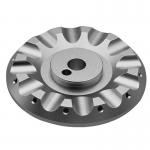
|
Metal Fabrication Parts Customized High Precision 5 Axis CNC Maching for PE Fr4 Ee Fabrication |

